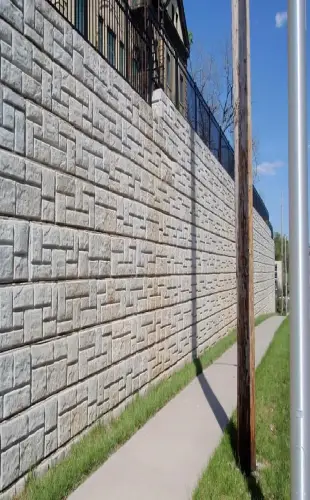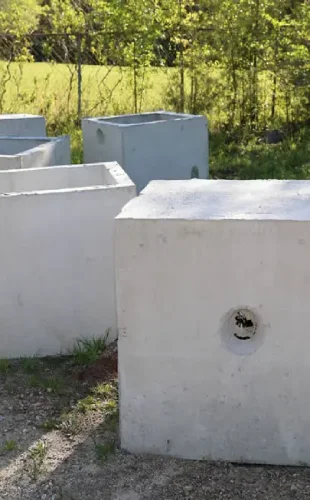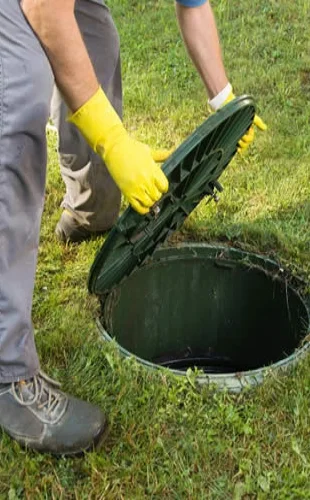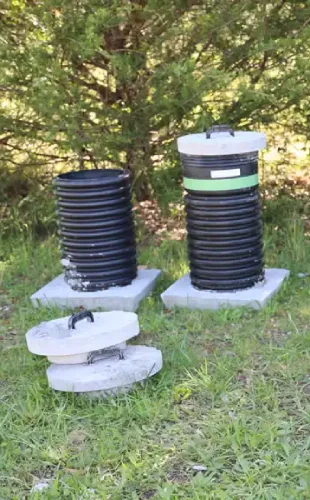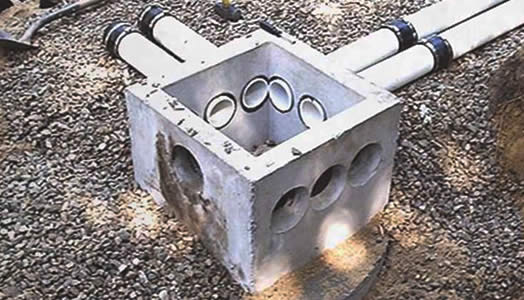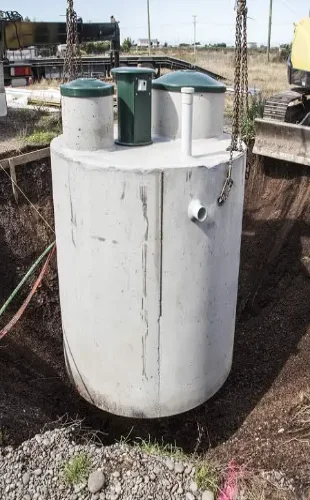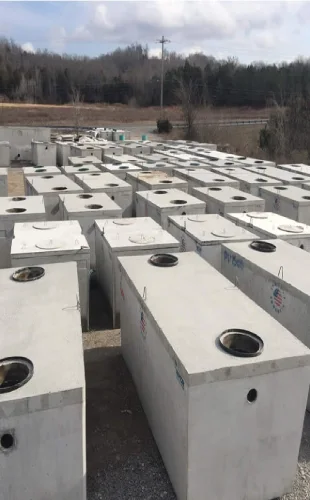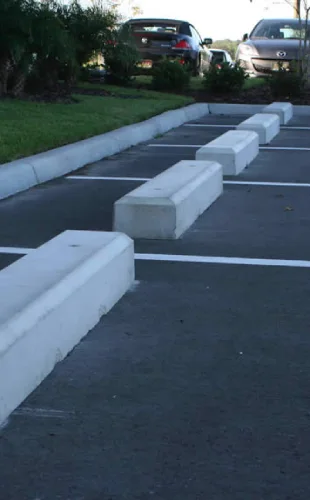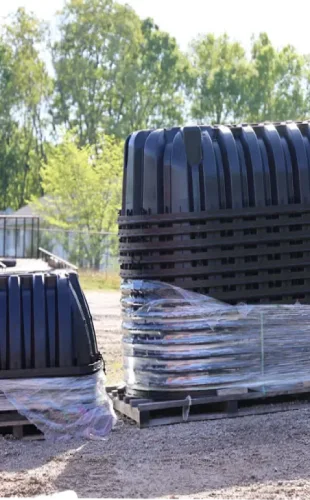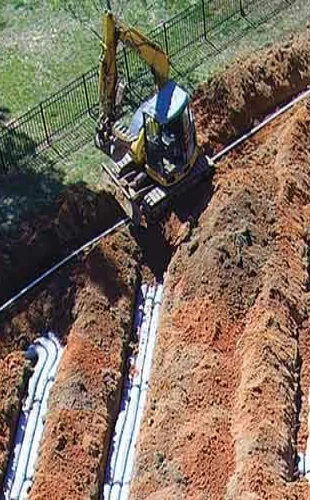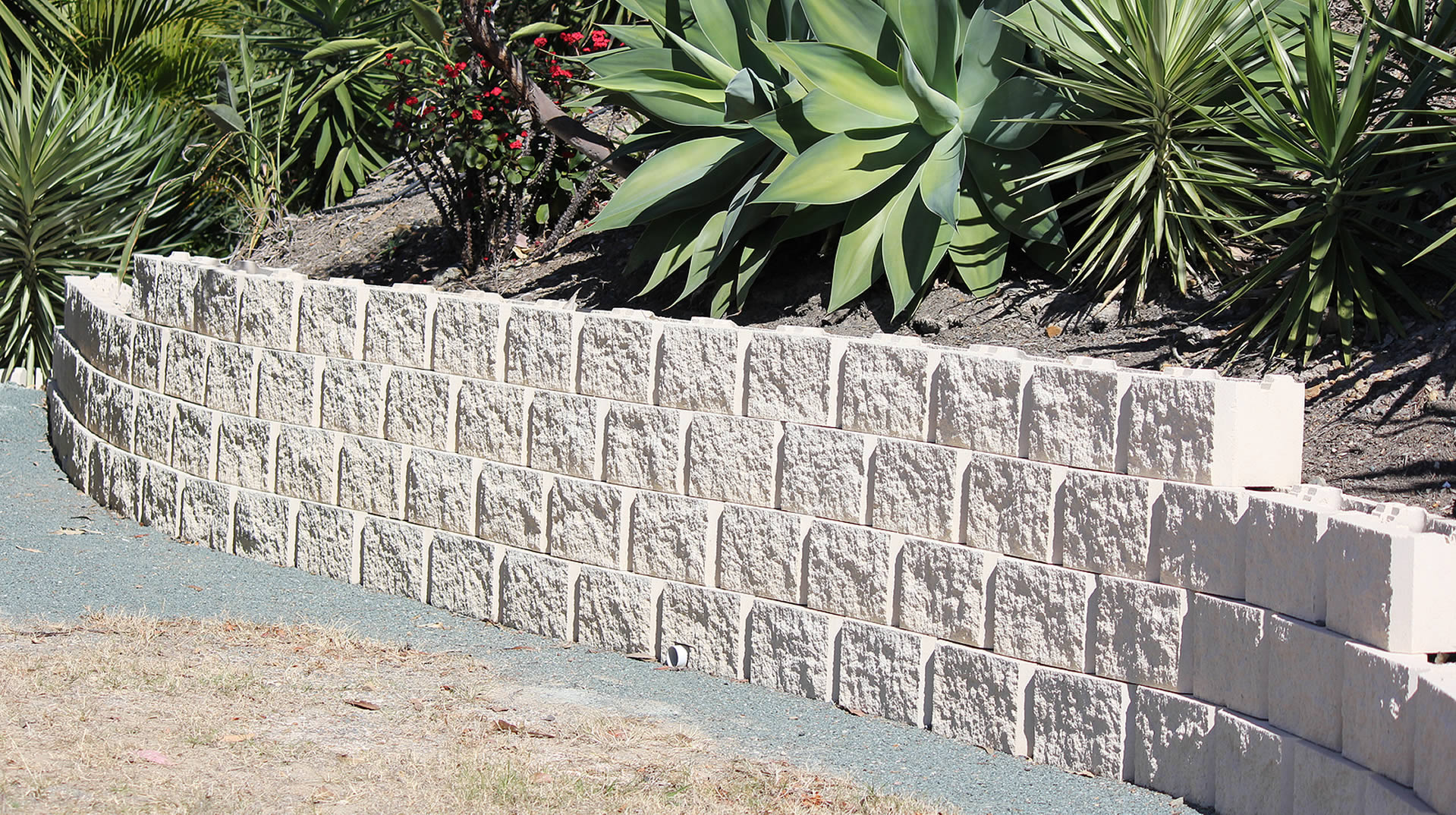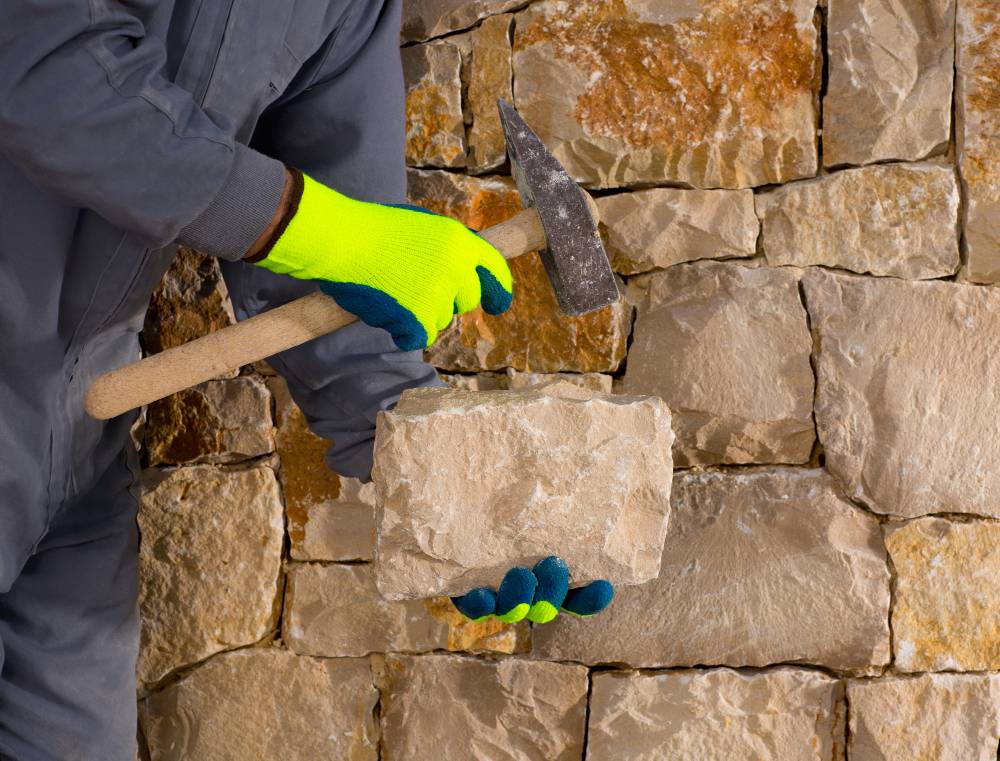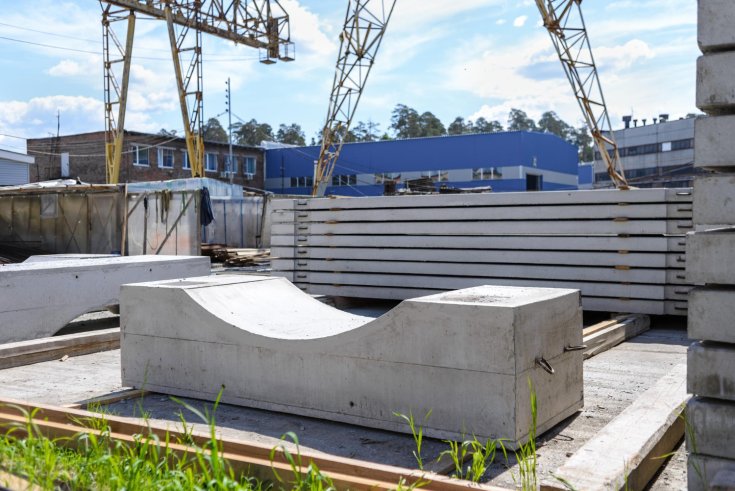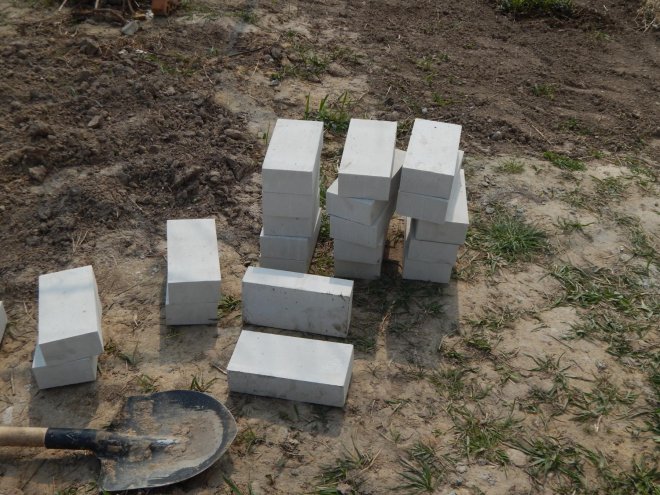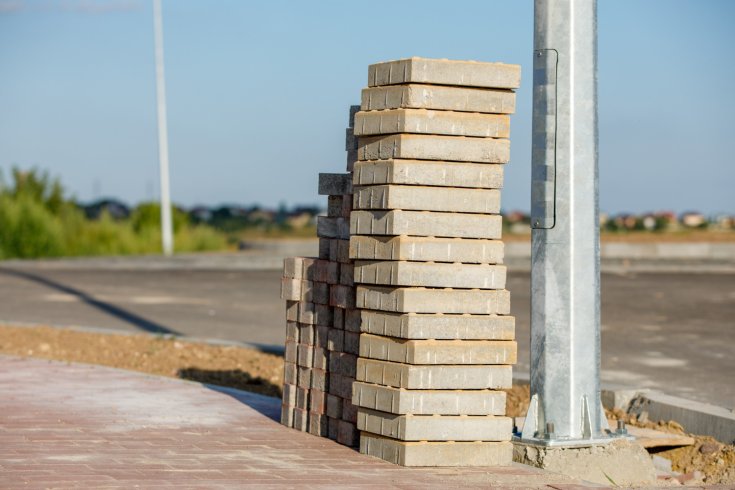Tackle Weeds Before They Take Over
Weeds can be a serious threat to the stability of your retaining wall. Over time, weeds will grow between the stones, blocks, or other materials that make up the wall, pushing them apart and weakening the structure. Their roots can infiltrate the smallest cracks, gradually causing further separation and damage. To prevent this, regularly inspect your retaining wall for any signs of weed growth. Pull out weeds by hand or use a weed barrier fabric under decorative stones to inhibit growth. If you prefer chemical solutions, opt for herbicides that are safe for use near masonry and won’t degrade the materials of your wall.
Keep an Eye on Shifts and Cracks
Retaining walls are engineered to withstand heavy loads, but environmental factors like soil movement, heavy rainfall, and tree roots can cause walls to shift, lean, or crack. Even minor movement or hairline cracks can be early indicators of potential structural problems. Inspect your wall for signs of distress, such as bulging sections, tilting, or visible cracks. If you spot any signs of movement, don’t ignore them. Addressing these issues early can prevent a small problem from escalating into a major failure. Contact a professional to evaluate the situation, as they can provide reliable advice on whether repairs or reinforcements are necessary.
Choose the Right Ground Cover to Prevent Erosion
The materials you use near your retaining wall can greatly affect its durability. Loose gravel, mulch, or sand might seem like convenient choices for landscaping, but they can be easily displaced by wind, water, or foot traffic. When these materials wash away, they can undermine the base of your wall, destabilizing the entire structure. To minimize this risk, select ground covers that are less prone to erosion, such as compacted soil, decorative rock, or interlocking pavers. Installing edging or low retaining barriers can also help keep loose materials in place. This simple step improves the appearance of your landscape and protects your wall’s foundation from erosion-related damage so it remains secure and sturdy.
Prioritize Proper Drainage Solutions
Water is one of the biggest enemies of retaining walls. Without drainage, water builds up behind the wall, increasing the pressure and leading to structural failure. Poor drainage can cause soil to become waterlogged, which adds weight and creates hydrostatic pressure that can push the wall outward or cause it to collapse. Ensure your retaining wall has a functioning drainage system, including weep holes, drainage pipes, or gravel backfill, that allows water to escape easily. Regularly check these elements to make sure they aren’t blocked by debris, leaves, or sediment. Installing a French drain behind your wall can also help direct water away from its base. As a leading retaining wall manufacturer in Pickens, SC, we always emphasize the critical role of drainage in retaining wall design and maintenance.
Keep the Surrounding Vegetation in Check
Plants can beautifully complement your retaining wall, adding color and life to the landscape. However, certain plants can pose risks if not properly managed. Large, aggressive roots can push against the wall, while heavy foliage can trap moisture against its surface, leading to erosion and degradation over time. Choose plant species with smaller, less invasive roots, and regularly trim back any overgrown vegetation to prevent roots from disturbing the wall’s foundation. Consider drought-tolerant plants that require minimal watering to reduce the risk of excess water seeping into the soil behind the wall. With thoughtful plant selection and regular maintenance, you can keep your retaining wall looking great without compromising its structural integrity.
Schedule Regular Professional Inspections
Even if you’re diligent with your DIY maintenance efforts, nothing beats the insight of a professional inspection. A trained eye can spot subtle issues, such as hidden drainage problems, internal weaknesses, or early signs of shifting that might go unnoticed during routine checks. Scheduling a professional inspection every few years can catch minor concerns before they become expensive problems. An experienced inspector will assess the condition of your wall, check for any structural or cosmetic issues, and recommend any necessary repairs or reinforcements. Investing in periodic inspections is a small price to pay for the long-term security and functionality of your retaining wall.
Have You Been Searching for a Local Retaining Wall Manufacturer?
At Garrett Precast, we’re committed to helping our clients maintain and protect their investments. If you’ve been looking for a retaining wall supplier you can depend on, contact us today.
